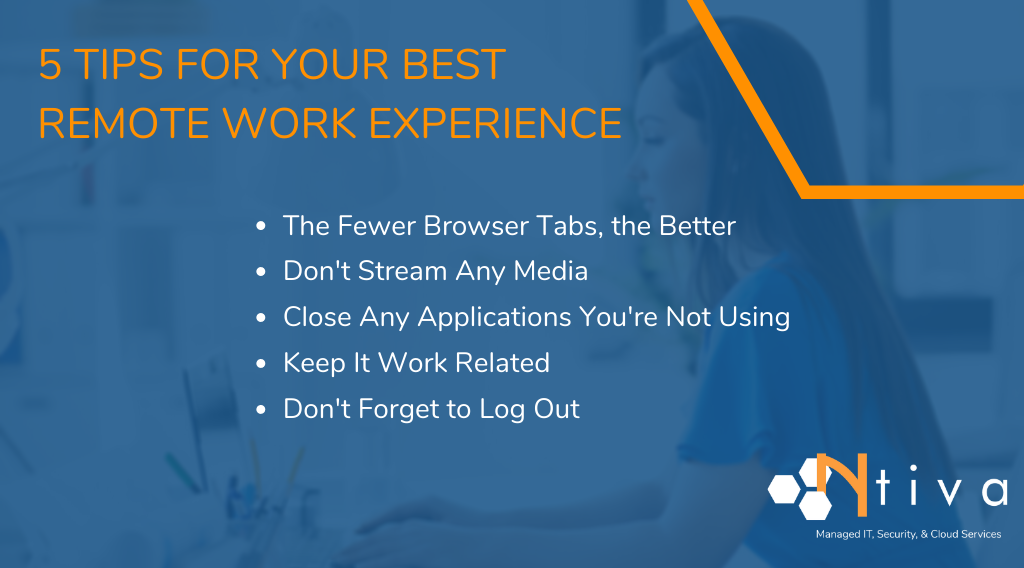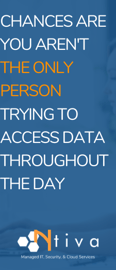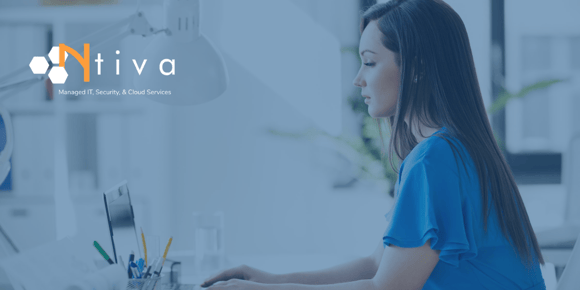You’ve got your laptop, your coffee, and a steady Wi-Fi connection. The perfect cloud computing setup. So, why is your remote work environment so slow?
Now that so many of us work from home, many organizations have chosen to deploy a Desktop as a Service (DaaS) solution. This is often a crucial lifeline to businesses that are being forced to function remotely.
A popular example of this is Microsoft Remote Desktop Services (RDS), an application that is installed on your computer to allow you to access a remote server where the appropriate company data that you will need is stored.
Your remote desktop is meant to look and feel like your normal, everyday PC. But the truth is, you’re running a virtual application that constantly delivers data back and forth over your internet connection.

If your organization has deployed RDS, there are some tips and tricks you should know about to ensure you get the best performance.
How Can I Improve My RDS Performance?
We’re going to presume you’ve got a steady internet connection, and an adequate piece of hardware for the job. If not, your IT help desk should be able to help you out.
Once that’s taken care of, here are the most important rules you should be following when you’re on an RDS connection!

1. The Fewer Browser Tabs, the Better
Depending on the restrictions put in place by your IT team, you may not have your choice of internet browser. That being said, the tab rule is the same across the board!
Of course, you’re going to have more than one tab open during the average workday, but you should definitely keep them to a minimum when you are logged into RDS, which we call your "remote desktop environment."
The general rule should be, if you’re not currently using that tab or don’t plan on needing it in the next hour, you should close it.
Every tab you have open requires RAM and processing power to stay open. Just because it’s in the background doesn’t mean it’s not using resources. The remote server you’re accessing can’t tell the difference between the tab you’re looking at and the tabs you’ve got tucked in behind.
Don’t forget, your browser’s history is searchable, so there’s no need to leave that tab open from this morning. You can find it later!
If your company allows you to open a browser outside of the RDS environment - there may be times when you want to close out of RDS, or minimize the screen, so you can access a browser such as Google Chrome or other OUTSIDE of the RDS environment.
This way, you will not have the same restrictions.
2. Don't Stream Media or Video Conferences in RDS!
Trying to stream any kind of media on a server you’re streaming data from is going to result in lots and lots of frustration. If you’re streaming video or HD music, you might even get a call from your IT department telling you to close out!
Just like the browser tabs and all of the other points we’re going to cover, maximizing efficiency in a remote desktop environment like RDS is all about rationing computing resources, like RAM and processing power.
Things like Zoom conferences or video chats on Teams need to be done outside of the RDS environment. Trying to run these resource-heavy events on your RDS connection will result in unstable connections, and frustrating choppy video.
Remember, the remote desktop software is just another application on your computer, which means you can minimize it or even close out of it.
If you’re anything like me, you need music in the background to keep you focused. This doesn’t mean you should install Spotify on your RDS login!
Any media that you need to access should be done outside of your RDS / remote desktop environment. Apps such as YouTube, Reddit, and Spotify should be accessed directly from your computer, again assuming your company allows this.
3. Close Any Applications You're Not Using
I have a habit of leaving Adobe Acrobat open all the time, letting it sit with five or six PDFs I opened from email attachments when I first got to work. I just checked my system resources, and Acrobat alone was eating up 25% of my CPU usage. Not to mention, anything using that much computing power is going to drain your battery as well!
Use this tip as a motivator to keep yourself focused. Don’t leave applications inside RDS open all day if you don’t absolutely need them. Do the work, close the software, and move on. Even closing your browser when you leave for lunch is a good idea, as this will clear the cache (if configured properly) and reset the RDS application for a fresh afternoon start.
4. Keep it Work Related
Take a quick peek at your social media feed. It’s nothing but photos and videos that play automatically. Needless to say, this isn’t prime material for your RDS / remote desktop environment. Your Slack channels and Facebook messenger windows fit into this problem category as well.
Rather than limiting yourself to certain websites or applications, the best general rule remote desktop software is to KEEP IT WORK RELATED. Keep your phone nearby for those social media scrolling breaks, or use the browser installed locally, outside of the RDS remote environment.
5. Don't Forget to Log Out!
Ever have trouble logging in to your remote desktop? Typing in the correct username and password just to see a never-ending black screen? This is happening because your last session disconnected or timed out improperly.
Sure, all it takes is one quick call to the help desk to get this fixed, but ending your session properly can take this annoyance off your radar and will save you the hassle of an interrupted morning the next time you log in.
Remote Access Means Sharing Resources
 In a virtual environment, your computer is accessing a centralized server and pulling the shared data you need to your remote desktop session through your internet connection.
In a virtual environment, your computer is accessing a centralized server and pulling the shared data you need to your remote desktop session through your internet connection.
Chances are you aren’t the only person in the company trying to access data throughout the day, and your IT department will know if your YouTube sessions are preventing everyone else in the company from doing the work they need to over RDS!
These five tips, plus a solid internet connection on a capable device should be more than enough to keep you working hard in your remote office.
If you’re feeling isolated from your co-workers, don’t forget to check out the awesome collaboration possibilities in Microsoft Teams!
If you'd like to learn more, check out our explainer blog, "What is Desktop as a Service (DaaS)," below!




